japanese maples too large for containers?
ynot
11 years ago
Related Stories

TREES11 Japanese Maples for Breathtaking Color and Form
With such a wide range to choose from, there’s a beautiful Japanese maple to suit almost any setting
Full Story
GARDENING GUIDES12 Japanese Maples for a Sunny Garden
The right maple in the right place shines in hot summer sun
Full Story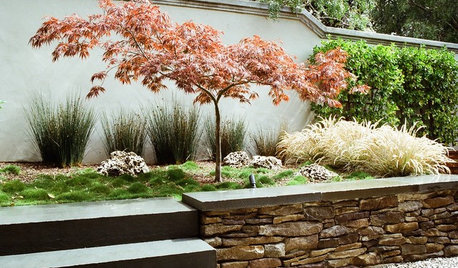
GARDENING AND LANDSCAPINGGreat Design Tree: Japanese Maple
Lacy form and fiery fall color make Japanese maple a welcome tree for garden or patio
Full Story
TREESGreat Design Plant: Coral Bark Japanese Maple, a Winter Standout
Go for garden gusto during the chilly season with the fiery red stems of this unusual Japanese maple
Full Story
GARDENING GUIDES13 Japanese Maples for Shade
A surprising variety of these understory trees is waiting to make a statement in your shade garden
Full Story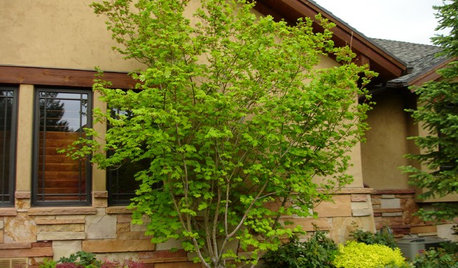
LANDSCAPE DESIGNGreat Design Plant: Vine Maple
Exciting year-round color and adaptability make this highly ornamental native small tree a top choice for home gardens
Full Story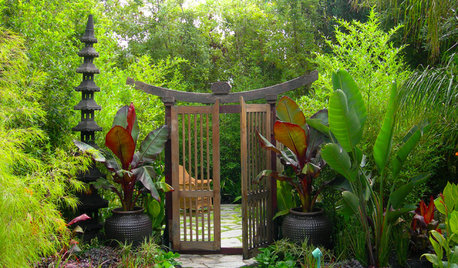
CONTAINER GARDENS10 Ways to Take Containers Beyond the Patio
Enliven your landscape with pots and containers
Full Story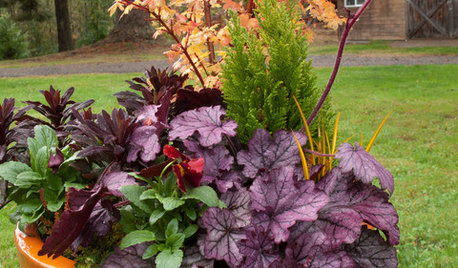
FALL AND THANKSGIVING5 Container Gardens for Fall, the Holidays and Beyond
Make planting easy with a single container, year-round plants and a sprinkling of simple seasonal accents
Full Story
PLANTING IDEASStretch the Budget, Seasons and Style: Add Conifers to Your Containers
Small, low-maintenance conifers are a boon for mixed containers — and you can transplant them to your garden when they’ve outgrown the pot
Full Story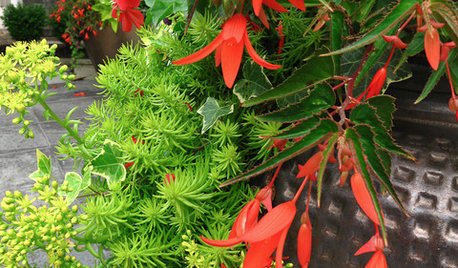
GARDENING GUIDESSuperstar Annuals for Containers and Baskets
High performing, low maintenance and all-around gorgeous, these container plants go the distance while you sit back and relax
Full StorySponsored
More Discussions






gardengal48 (PNW Z8/9)
ynotOriginal Author
Related Professionals
Windham Landscape Architects & Landscape Designers · Elgin Landscape Contractors · Huntington Landscape Contractors · Lynwood Landscape Contractors · Middletown Landscape Contractors · Oakland Landscape Contractors · Paramount Landscape Contractors · South Farmingdale Landscape Contractors · Vineyard Landscape Contractors · Fort Lauderdale Fence Contractors · Hayward Fence Contractors · Los Angeles Fence Contractors · Sioux City Fence Contractors · Tacoma Fence Contractors · Winchester Fence Contractorsgardengal48 (PNW Z8/9)
ynotOriginal Author
CEFreeman
ynotOriginal Author
gardengal48 (PNW Z8/9)
ynotOriginal Author
botann
ynotOriginal Author
gardengal48 (PNW Z8/9)
ynotOriginal Author
CEFreeman
gardengal48 (PNW Z8/9)
ynotOriginal Author